The Art of Not Freezing: A Real-Talk Guide to Winter Layering
I’ve spent a couple of decades guiding trips and teaching people how to be comfortable outdoors. And I can tell you, I’ve been seriously cold in some of the most beautiful places you can imagine. I’ve also been perfectly toasty while everyone around me was shivering. The secret was never about who had the priciest gear. It was always about understanding a simple, powerful system: layering.
In this article
A lot of people hear “layering” and just think it means piling on more clothes. That’s a huge mistake, and honestly, I made it myself when I was starting out. Real layering is more of a science—it’s about actively managing your body’s heat and moisture. It’s a skill that puts you in complete control of your own comfort and safety out in the cold.
I’ll never forget one of my first years as a backcountry guide. I was leading a winter hike and a client showed up wearing a cotton t-shirt, a heavy cotton flannel, and a ski jacket. An hour into the climb, he was drenched in sweat. The moment we stopped for a break, the wind hit him and his temperature plummeted. We had to cut the trip short and get him back to the lodge, fast. That day drove home a lesson I’ve shared ever since: your clothing is your first and most important tool. Knowing how to use it is just as critical as knowing how to read a map.

Quick challenge for you. Go find your favorite “warm” shirt you’d wear for a walk or hike. Check the tag. If it says it’s more than 20% cotton, put it in a separate pile—the “don’t wear this for anything active” pile. Seriously. That one small change might be the thing that keeps you from getting dangerously cold on your next adventure. Congrats, you just made your next outing safer!
So, Why Does This Even Work? The Science of Staying Warm
To really get this, you need to know how your body loses heat. It’s not just one thing; there are a few key culprits, and your layering system is designed to fight every single one. Thinking this way helps you pick the right gear for the right job.
- Evaporation: This is the big one. When you sweat, that moisture sits on your skin, and as it evaporates, it sucks away an incredible amount of body heat. This is the main job of your base layer—to get that sweat off you.
- Convection: Ever feel a cold gust of wind cut right through your sweater? That’s convection. The wind strips away the tiny pocket of warm air right next to your skin. Your outer shell is your shield against this.
- Conduction: This is heat loss from direct contact. Sit on a cold rock or a snowy log, and you can feel the warmth flowing right out of you. Your insulating layers, especially your pants, are what slow this down.
- Radiation: Your body is like a little furnace, constantly radiating heat out into the world. The goal of your puffy jackets and fleece is to trap that heat before it can escape. The still air caught in the fibers is what does the real work.
A good system works together. The base layer wicks sweat, the mid-layer traps heat, and the outer layer blocks the elements. Each piece has a mission.

The Base Layer: Your Second Skin
Think of the base layer as the foundation of the whole system. Its one and only job is to pull moisture away from your skin, a process called wicking. A good base layer doesn’t have to be super thick; its main purpose is moisture control. If you get this part wrong, nothing else you wear on top will work correctly.
Heads up: For it to work, it has to be snug against your skin. Not uncomfortably tight, but there shouldn’t be any big, baggy gaps. That skin contact is what allows the fabric to pick up sweat and move it outward.
Base Layer Materials: The Good, The Bad, and The Awful
Your material choice here is absolutely critical. There are a few fantastic options, and one you need to avoid like the plague.
Merino Wool: This is my personal go-to for most situations. Modern merino is incredibly fine, so it’s not itchy like that old sweater from your grandpa. Its superpower is that it can absorb a lot of moisture before it even feels wet, and it still keeps you warm when it’s damp. It’s also naturally odor-resistant, which is a massive plus on multi-day trips. The downsides? It’s pricey (expect to pay between $80 and $120 for a good top) and not quite as durable as the synthetic options.
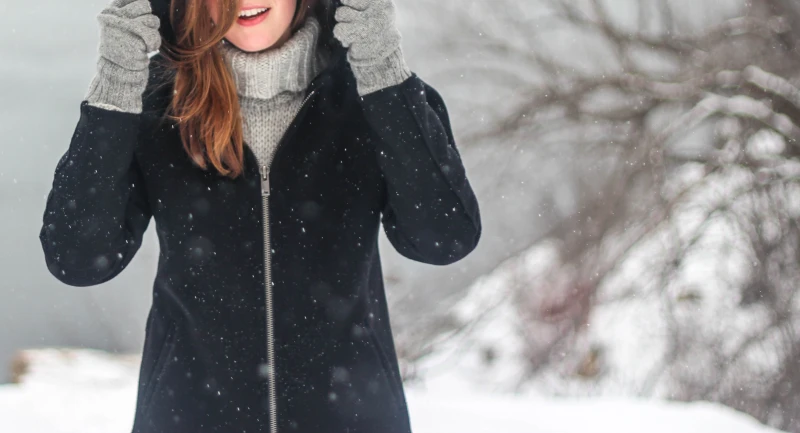
Synthetics (Polyester/Polypropylene): These are the wicking champions. They absorb almost no water and transfer sweat away from your skin at lightning speed. They’re also super durable and more affordable, usually running between $30 and $60 for a quality piece. The main drawback used to be the smell—bacteria just love to grow on them. But now, most companies treat their fabrics with anti-odor technology, and it works surprisingly well. For really high-sweat activities, I’ll often reach for a synthetic.
The Material to Avoid: Cotton. You’ll hear experienced folks say “cotton kills,” and it’s not an exaggeration. Cotton is a sponge. When it gets wet from sweat or rain, it loses all its insulating value and actively pulls heat from your body. It’s a recipe for hypothermia. Just leave it at home.
The Mid-Layer: Your Personal Furnace
This is your primary insulation. Its job is to trap the heat your body radiates, creating a cozy pocket of warm air. You’ve got several amazing choices here, and knowing the difference is key to building a versatile system.
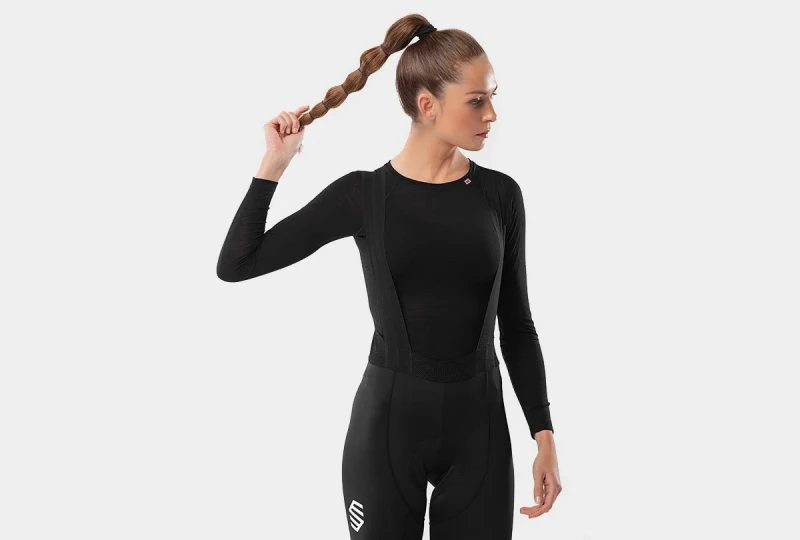
Choosing Your Warmth: Fleece vs. Down vs. Synthetic
So, you’re standing in the store looking at a wall of jackets. How do you decide? Let’s break it down in simple terms.
Fleece is the reliable workhorse. It’s made from polyester, breathes incredibly well, keeps insulating even when it gets a bit damp, and dries fast. It’s also durable and budget-friendly; you can find a fantastic all-around fleece jacket for between $50 and $100. It’s perfect for when you’re on the move and generating your own heat.
Down is the champion of warmth-for-weight. Nothing is lighter or more compressible. The quality is measured in “fill power” (like 650, 800, etc.)—a higher number means more warmth for less weight. But down has a critical weakness: moisture. When it gets wet, it clumps together and loses all its insulating power. This makes it best for very cold, dry conditions. A good down jacket is an investment, often starting around $200 and climbing from there.
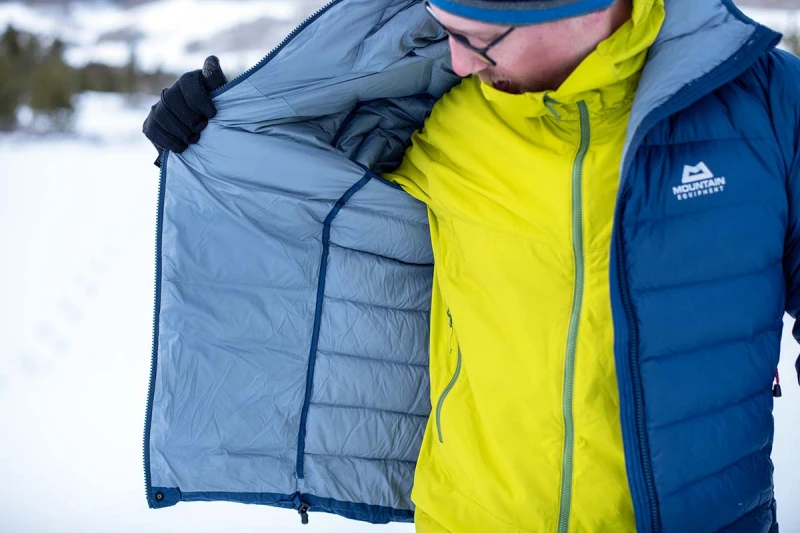
Synthetic Insulation is the
Inspiration:
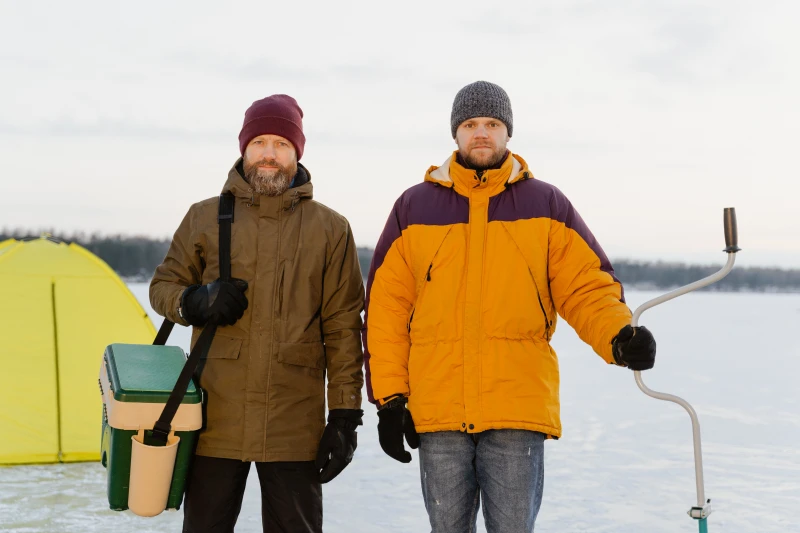
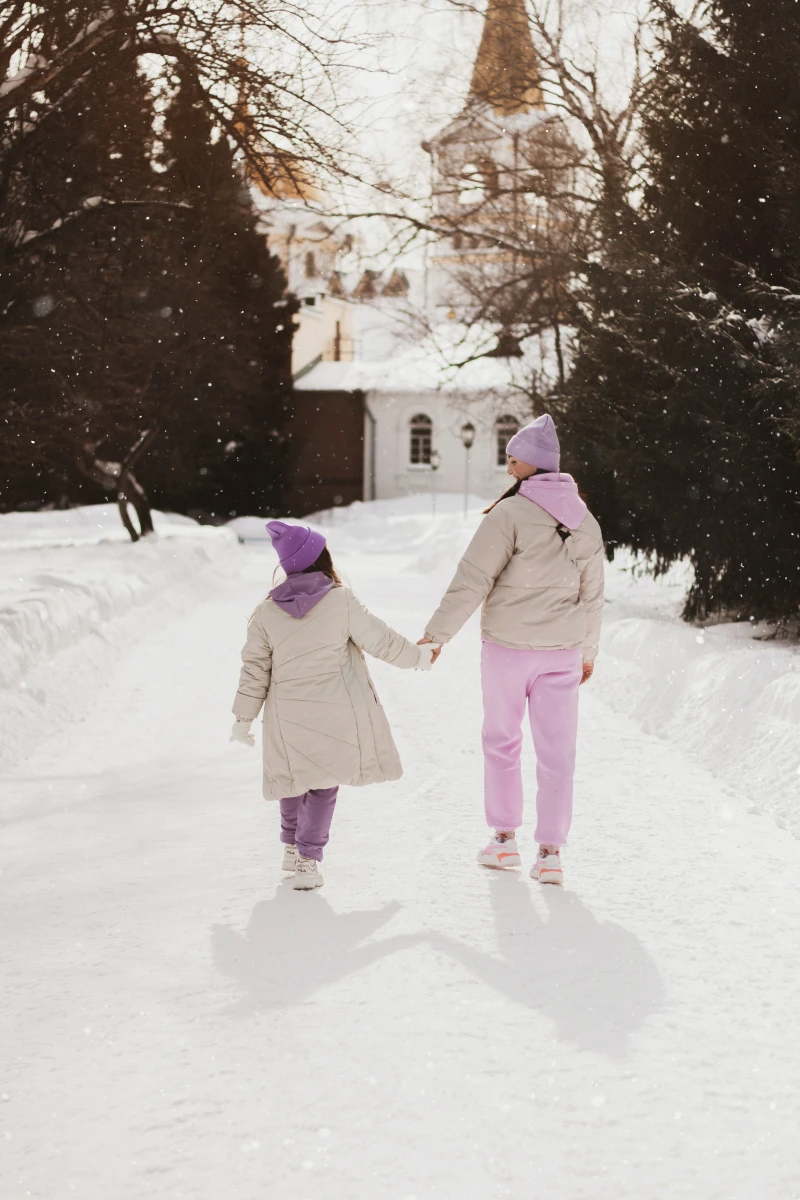
My base layer wicks sweat and my shell blocks wind. So what’s the mid-layer actually for?
Think of the mid-layer as your personal thermostat. Its primary job isn’t weather protection, but trapping your body heat to create that crucial pocket of warm air—this is your insulation. It’s the layer you’ll add or remove most frequently to regulate your temperature as your activity level changes. A versatile fleece jacket like the Patagonia R1 Air, a compact down vest, or a synthetic puffy are all classic choices. The key is its adaptability: it comes off when you’re working hard on an ascent and goes right back on the moment you stop for a break to prevent a rapid chill.

More than 40% of body heat can be lost from an unprotected head.
That’s a staggering number, and it underscores a vital point: your layering system doesn’t stop at your torso. A quality, non-cotton beanie or a merino wool buff is non-negotiable. For your hands, adopt the same layering logic: thin liner gloves for dexterity, covered by waterproof, insulated mittens for maximum warmth. It’s often the small, uncovered areas that sabotage your overall comfort.
Merino Wool: This natural fiber is a superstar at temperature regulation, staying warm even when damp. Its best feature? It’s naturally antimicrobial, meaning you can wear a brand like Smartwool or Icebreaker for days without it getting smelly.
Synthetic (Capilene/Polypropylene): These engineered fabrics are moisture-wicking champions. They pull sweat away from your skin and dry incredibly fast, making them ideal for high-output activities where you expect to sweat a lot. They are also typically more durable and affordable.
For multi-day treks, merino is a game-changer. For a single, intense day of snowshoeing or cross-country skiing, a synthetic base layer might be your best bet.










